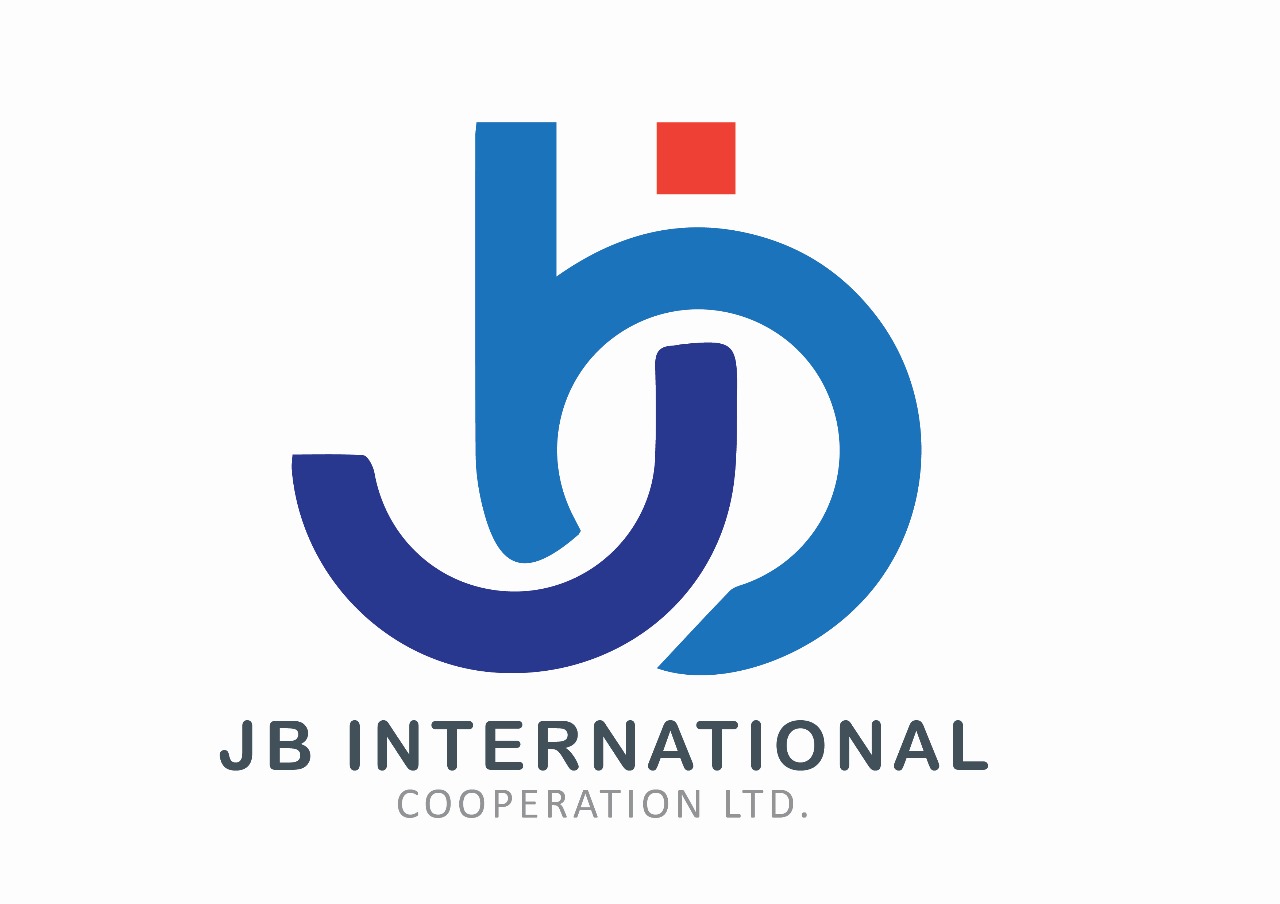Bangladesh has a strong track record of growth and development, even in times of elevated global uncertainty. Despite uncertainties and frequent natural disasters, Bangladesh has witnessed robust economic growth and poverty reduction since its independence in 1971. From being one of the poorest nations at birth in 1971, Bangladesh reached lower-middle income status in 2015. Stable macroeconomic conditions underpinned an average annual real GDP growth of 6.4 percent between 2010 and 2023. Poverty declined from 11.8 percent in 2010 to 5.0 percent in 2022, based on the international poverty line of $2.15 a day (using 2017 Purchasing Power Parity and a comparable welfare series). Similarly, moderate poverty declined from 49.6 percent in 2010 to 30.0 percent in 2022, based on the international poverty line of $3.65 a day (using 2017 PPP). Moreover, human development outcomes improved along many dimensions, like a reduction in infant mortality and stunting, and an increase in literacy rates and access to electricity. Despite these gains, inequality has slightly narrowed in rural areas and widened in urban areas.
By 2035, Bangladesh is poised to continue its upward trajectory, transitioning from a lower-middle-income to a robust upper-middle-income country. This forecast considers current trends in economic growth, structural reforms, infrastructure development, and global economic conditions. Key Drivers of Growth 1. Industrial Diversification and Export Growth Continued expansion in the ready-made garments sector, along with diversification into other manufacturing industries such as electronics, pharmaceuticals, Hi-tech industries, and information technology, will drive export growth. o Policies aimed at improving the business environment and reducing trade barriers will enhance competitiveness in global markets. 2. Infrastructure Development Major investments in infrastructure, including transportation networks, energy projects, and urban development, will facilitate economic activities and attract foreign direct investment (FDI). o Projects like the Padma Bridge, deep-sea ports, and extensive road and rail networks will significantly improve connectivity and logistics. 3. Human Capital and Education Investments in education and vocational training will yield a more skilled workforce, driving productivity and innovation. o Enhanced healthcare systems and social safety nets will improve overall human development indices. 4. Digital Economy Rapid digitalization, supported by widespread internet access and mobile connectivity, will spur growth in e-commerce, fintech, and IT services. o Government initiatives promoting digital literacy and entrepreneurship will foster a dynamic tech ecosystem. Challenges and Risks 1. Climate Change and Environmental Sustainability Addressing the impacts of climate change, such as rising sea levels and natural disasters, will require significant investment in resilient infrastructure and sustainable practices. Policies promoting green energy and environmental conservation will be critical. 2. Urbanization and Demographic Changes Managing rapid urbanization will necessitate effective urban planning and development to avoid issues like congestion, pollution, and inadequate housing. o Leveraging the demographic dividend through employment opportunities for a young population will be vital.
Bangladesh offers generous opportunities for investment under its liberalized Industrial Policy and export-oriented and private sector-led growth strategy. All but four sectors (a) arms and ammunition and other defense equipment and machinery, (b) forest plantation and mechanized extraction within the bounds of reserved forests, (c) production of nuclear energy, and (d) security printing and mining are open for private investment in Bangladesh. The government’s role is that of a facilitator that helps create an enabling environment for expanding private investment, both domestic and foreign.

Add New Comment